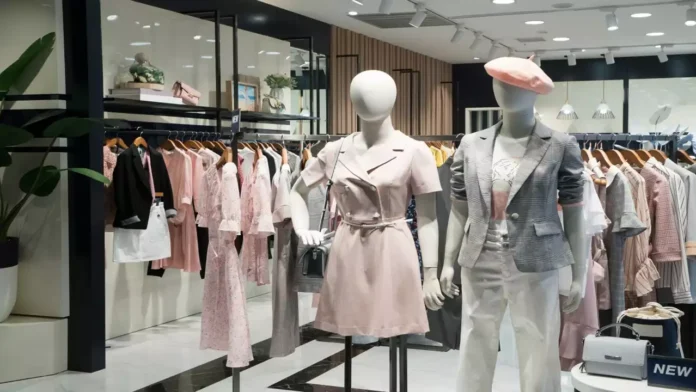Despite the festive season, the last quarter of 2023 is expected to see subdued demand for apparel and lifestyle products, as shoppers remain hesitant to make purchases, contradicting retailers’ hopes for double-digit growth.
Due to the delayed onset of winter, many retailers have now started offering early discounts to attract shoppers. According to the survey conducted by the Retailers Association of India (RAI), retail sales in October and November 2023 exhibited a 7% growth compared to the sales levels during the same period in 2022.
“The last two-three months have seen muted growth despite being the festive season and the way things are going, we don’t expect any major uptick in demand for the next two quarters. Peak winter has not set in which has impacted the sales and we hope by June onwards, there will be some positive movements in demand,” said Devarajan Iyer, chief executive of department store chain Lifestyle International.
Since January of this year, the fashion retail sector has been grappling with a decline in demand, primarily attributable to inflationary pressures.
According to the Retailers Association of India (RAI), there was a slowdown in overall growth to 6% in both March and April, marking the slowest sales expansion in over 14 months. The growth marginally increased to 9% in August and September.
“In comparison with the last festive season, this festive season has been muted. This has forced us to rethink the store expansion strategy,” said Lalit Agarwal, chairman of hypermarket chain V-Mart.
Brands such as Marks & Spencer and Lifestyle acknowledged that festive sales were subdued this year. Allen Solly noted minimal growth, while Shoppers Stop, situated in a prominent mall, reported lower footfall in malls but higher activity in local markets.
Owing to lackluster festive sales, brands like Pantaloons are optimistic about winter sales. H&M mentioned that the prolonged Black Friday sales contributed to the delayed winter sales in their brand.
“Retailers had anticipated double-digit sales growth during the Puja and Diwali seasons in October and November. However, the sales growth has been muted for many retailers. Most retailers have indicated that the footfalls were not even equal to 2022 though the sales were just about the same as last year,” said Kumar Rajagopalan, CEO, RAI.
In terms of segments, the value fashion segment sustained a greater impact compared to the premium segment and has not yet reached its pre-pandemic level of average sales per square foot.
With sales of homes and cars going up, taking the largest share of the wallet, people are preferring to spend the balance on experiences. Hence, there is an uptick in demand for travel and F&B and apparel sales are impacted,” said Pankaj Renjhen, chief operating officer at Anarock Retail.
In the last 6-8 months, the majority of companies have either reduced price tags or provided substantial discounts to clear unsold inventory following price increases across all apparel categories in the previous year.
“Many retailers, especially in the apparel category, only grew over last year because of new store openings and online sales. While like-for-like store business was negative in more than 50% of the retailers surveyed. Retailers did witness a growth in high-value products,” said Rajagopalan.





